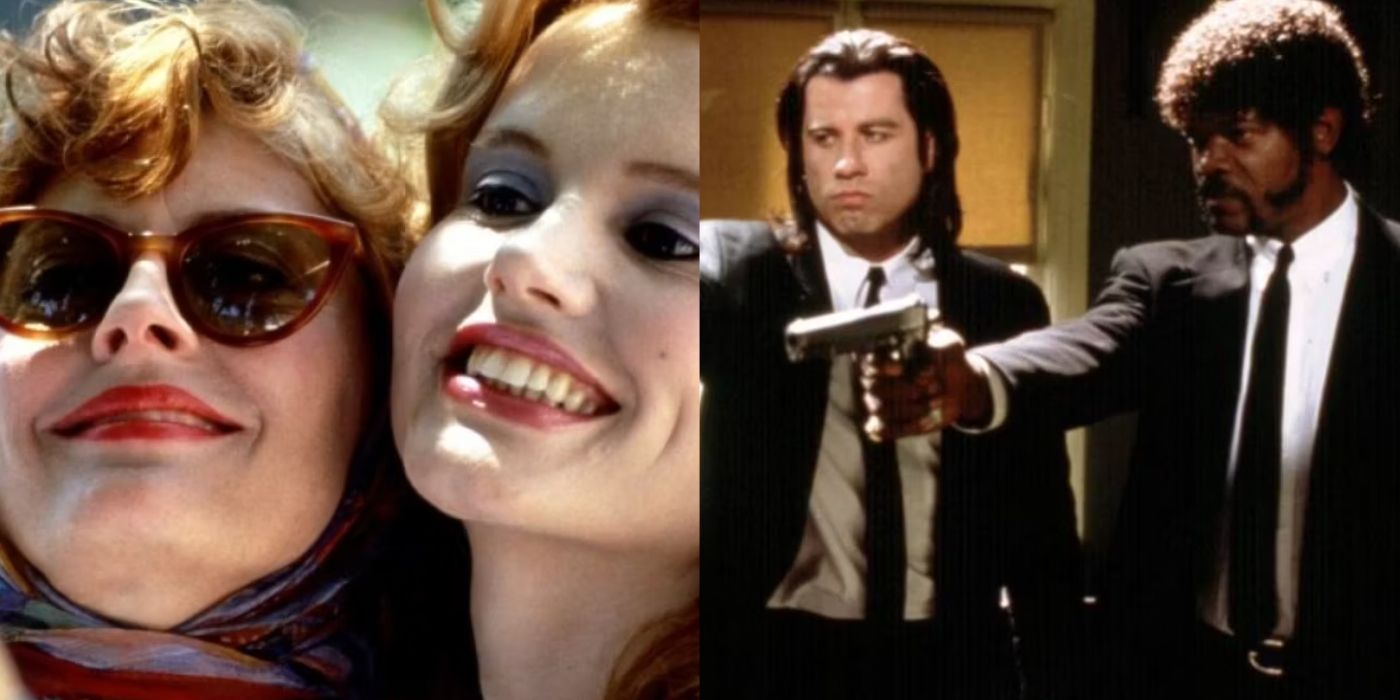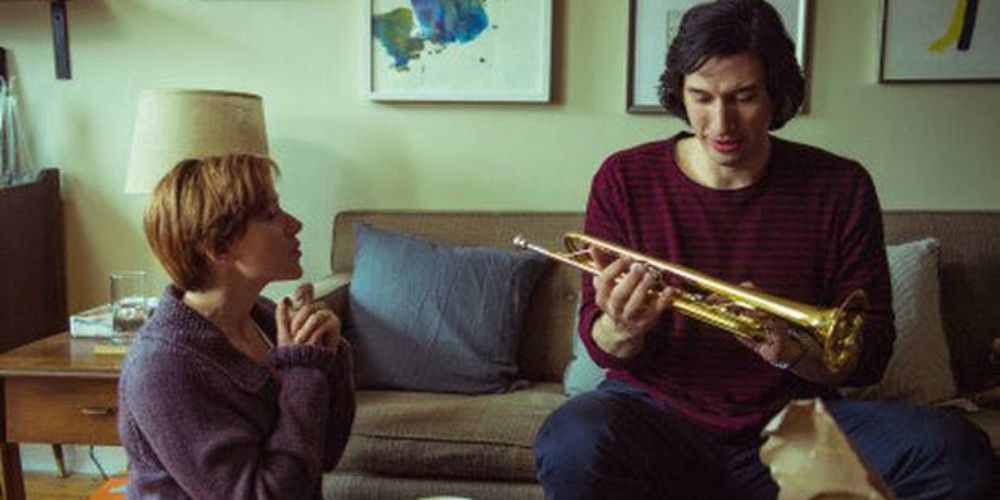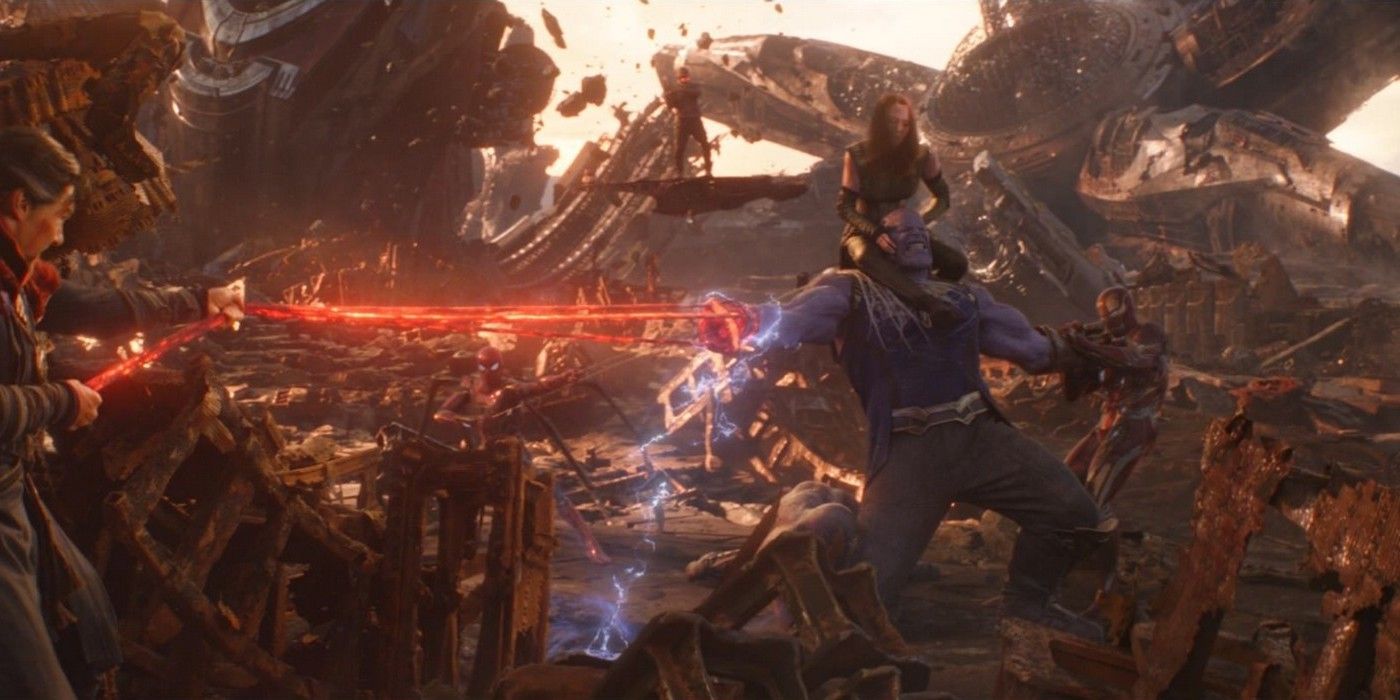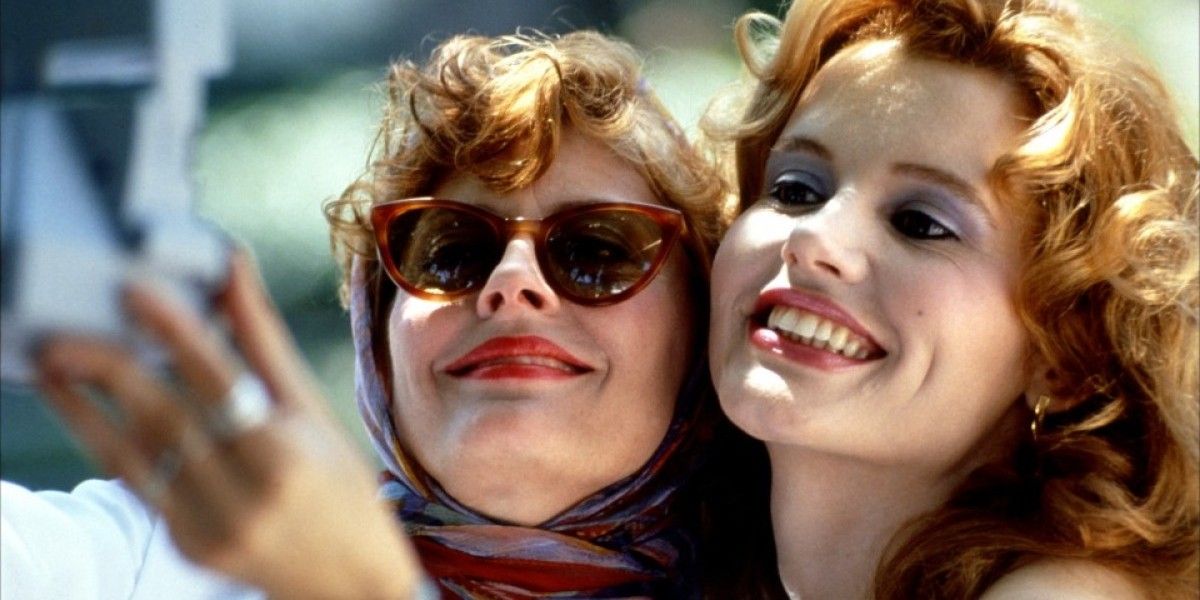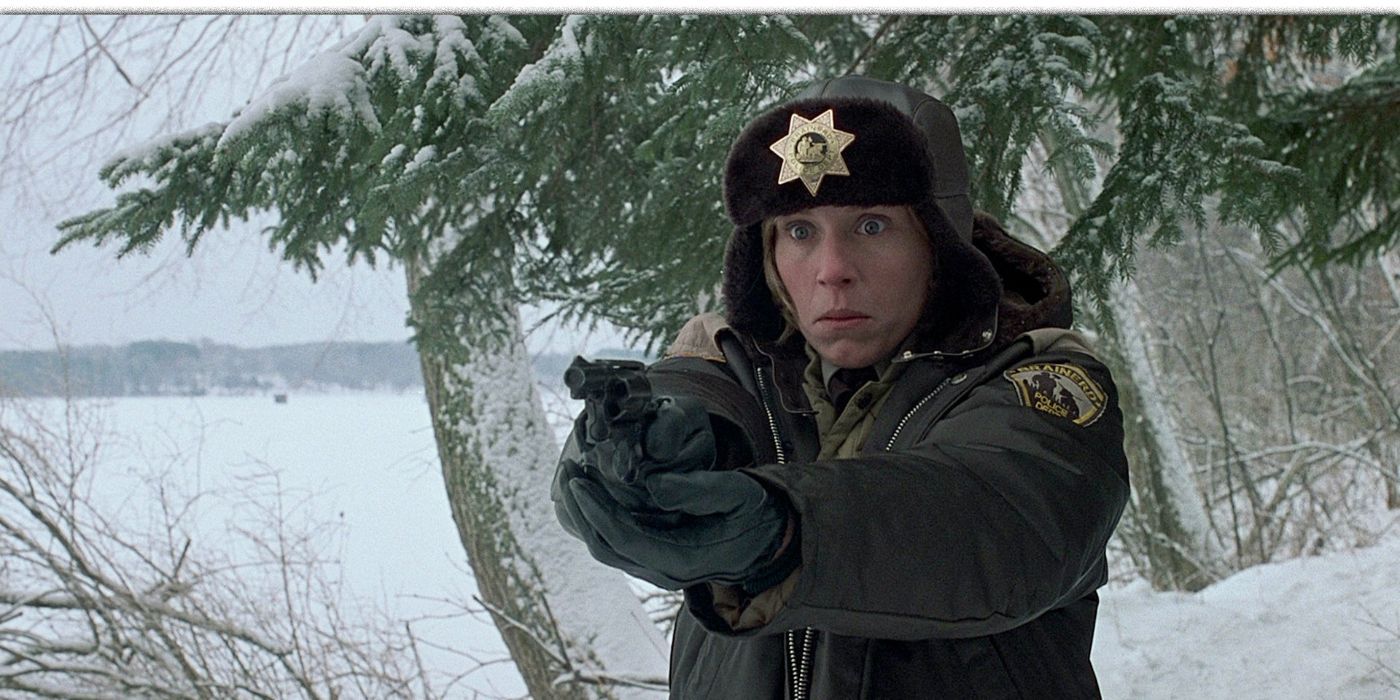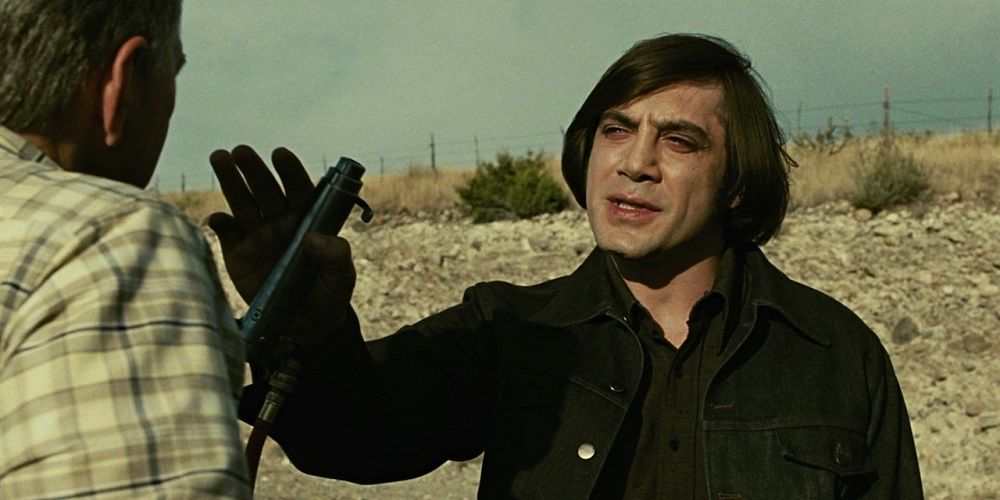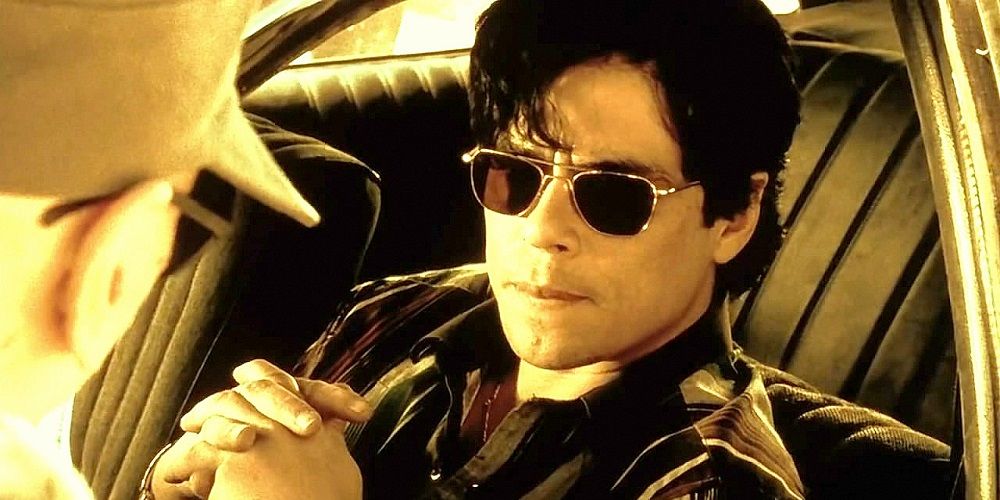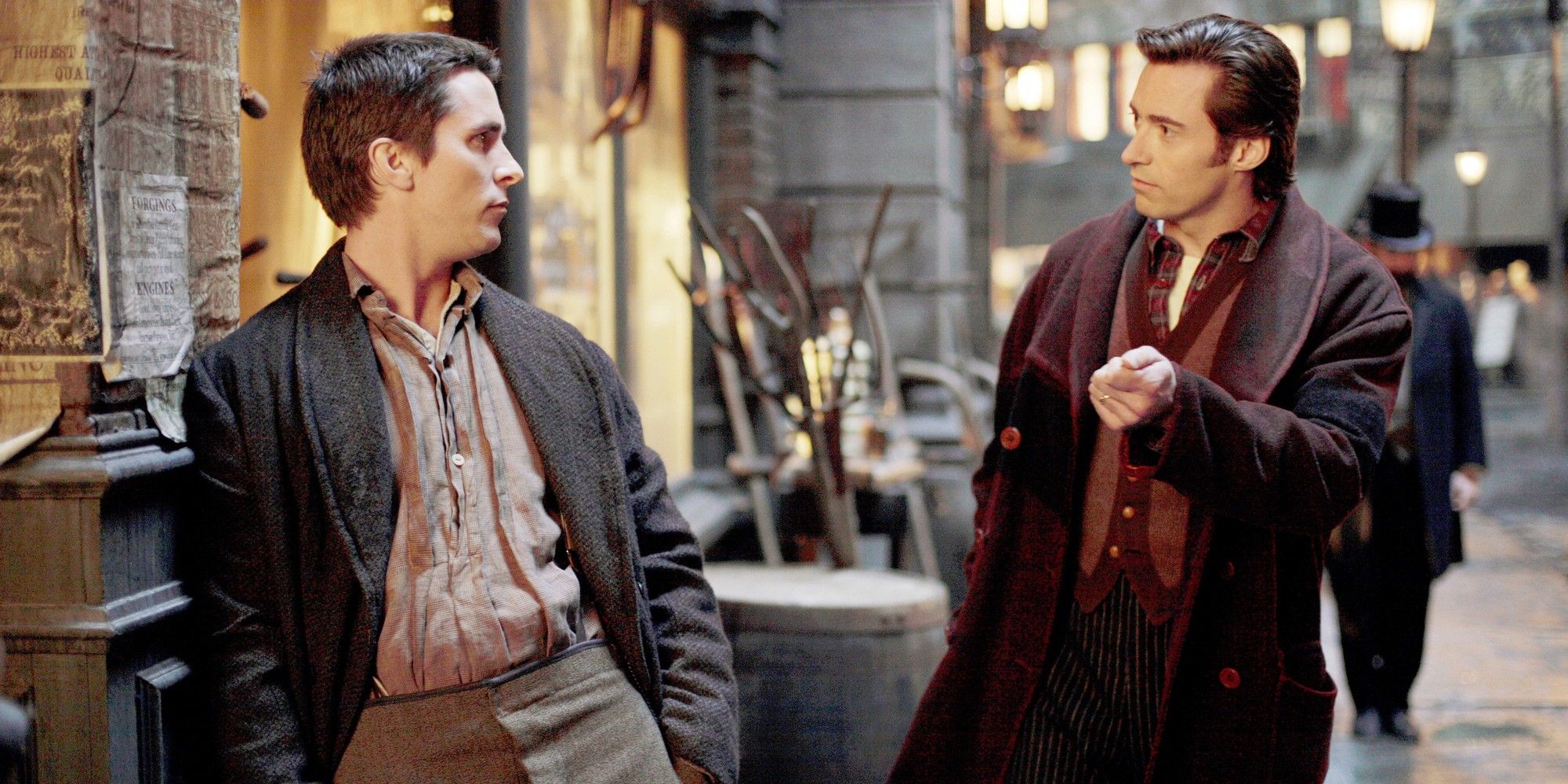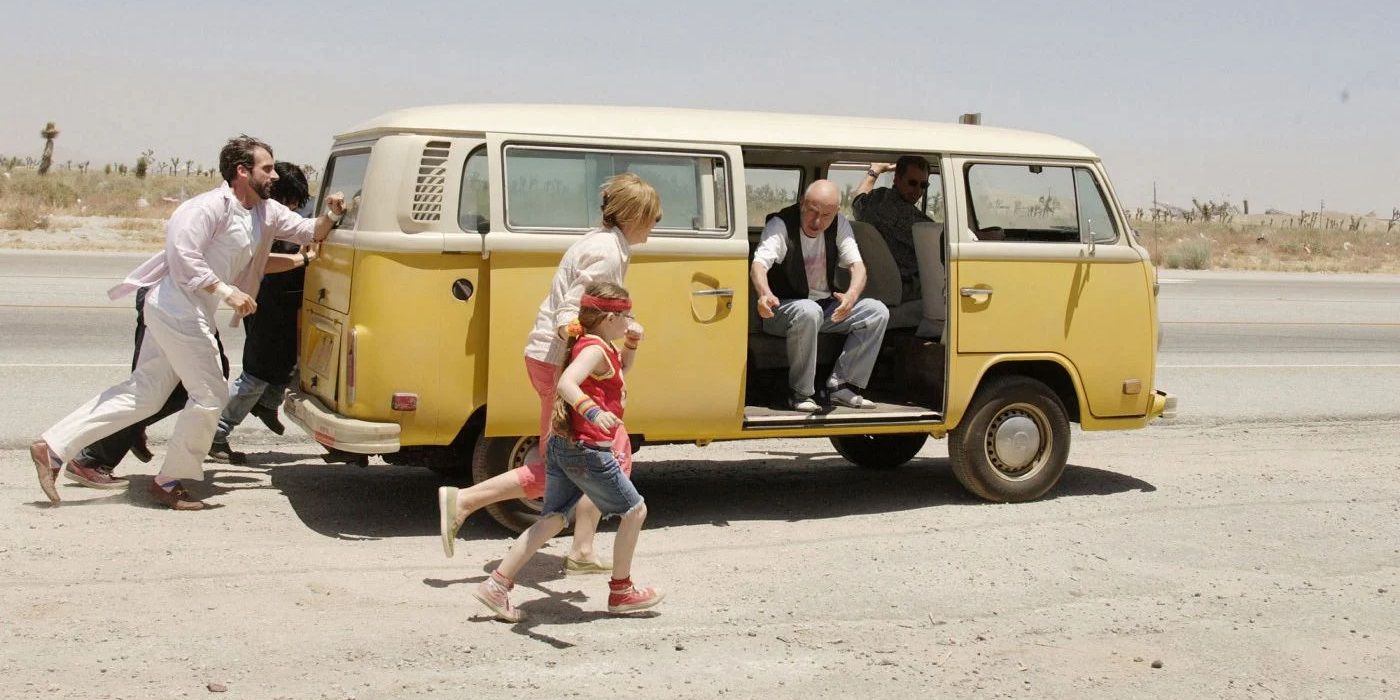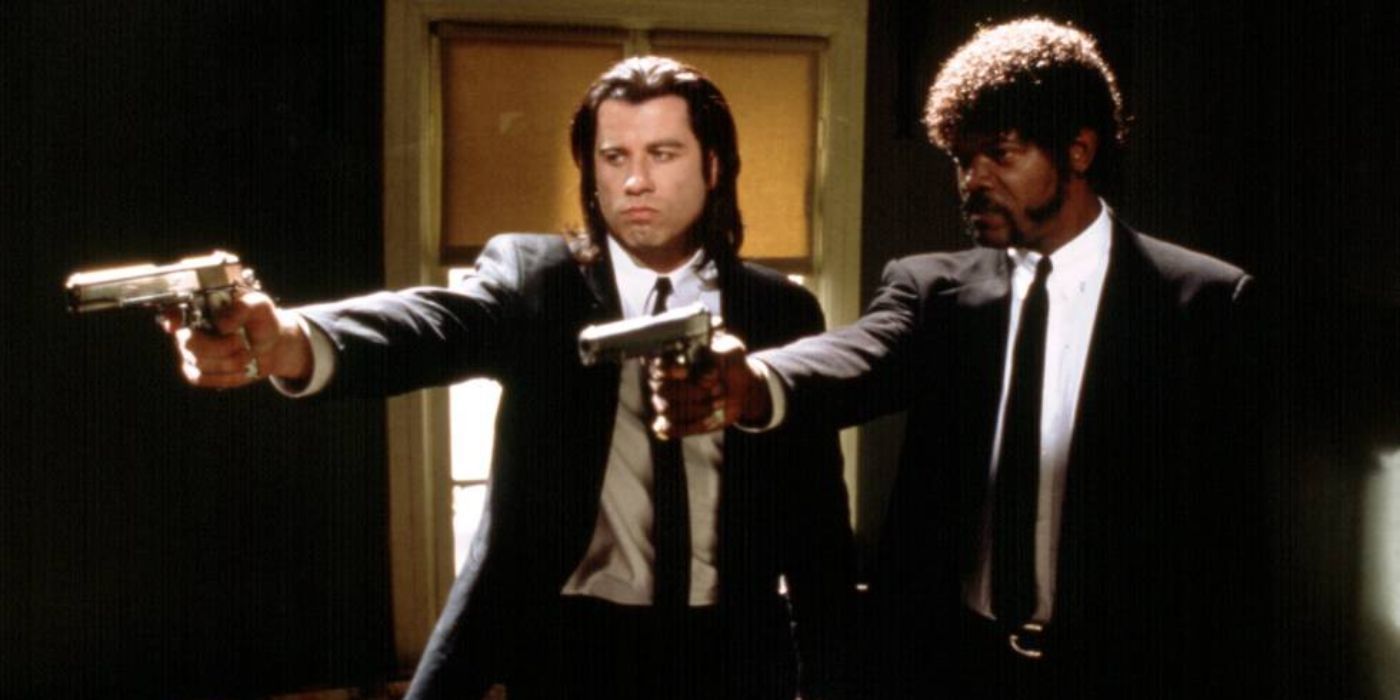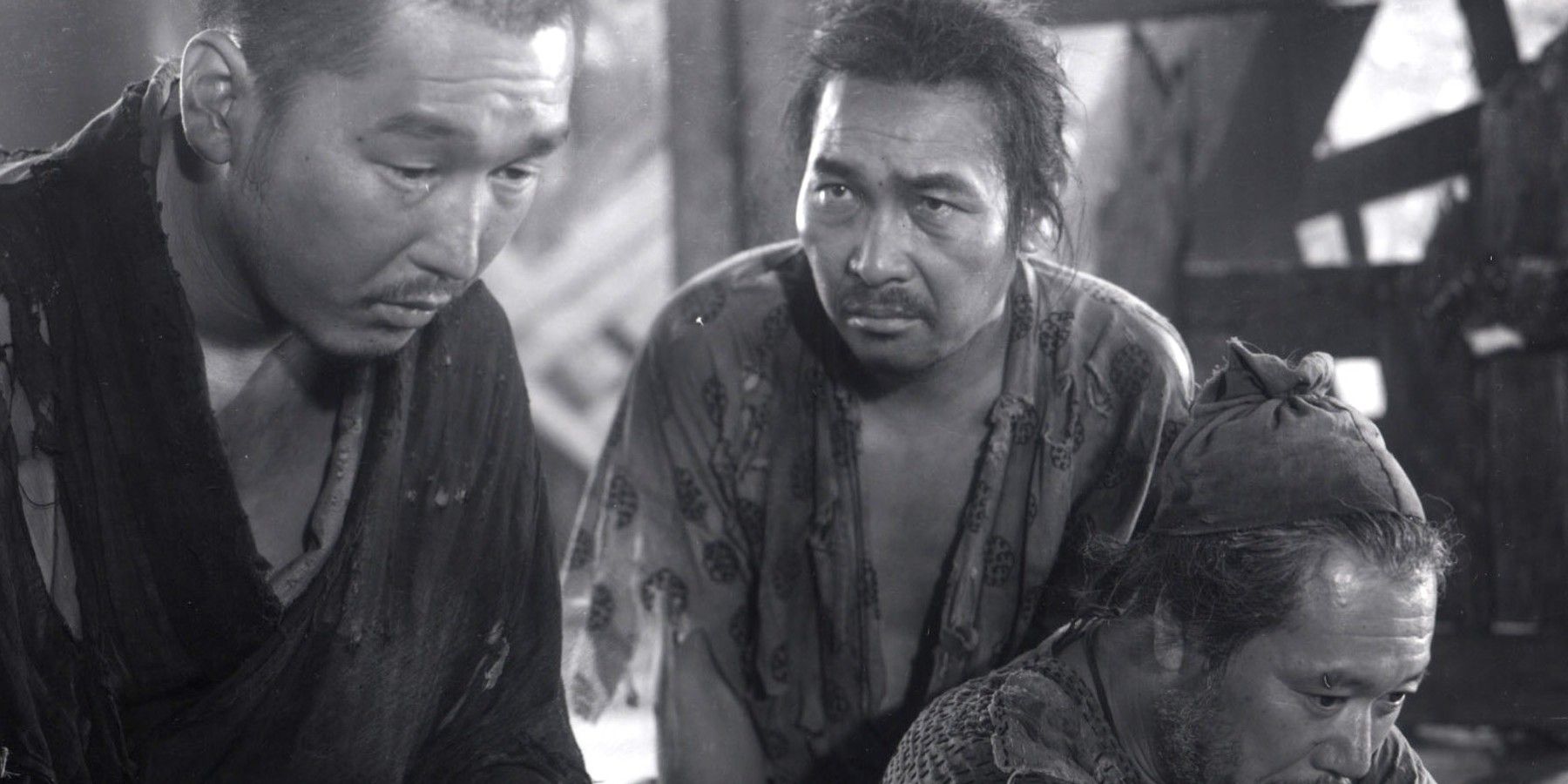The new movie Amsterdam boasts a huge star-studded cast with Christian Bale, Margot Robbie, and John David Washington sharing the spotlight as the leads. Even in a big ensemble, it is rare for a movie not to pick one protagonist to focus on more than others, but it has been done in effective ways.
These movies balance more than one character as the main protagonist as it suits the story. This can often be seen in movies that feature multiple storylines or as a way of showing two characters as equals. Though no one gets center stage, these movie characters learned how to share the attention.
Marriage Story (2019)
Sometimes using multiple protagonists is a great way to keep audiences from drawing too many conclusions about certain characters. In the case of Marriage Story, the examination of the marriage falling apart allows both sides to be explored.
The movie begins with Charlie and Nicole narrating what they like about each other as a perfect way to show the equality of the movie and different perspectives. It then switches to how Nicole is dealing with the divorce which makes the audience sympathize with her and see Charlie as a bad guy. But when Charlie takes over the story, don't appear as simple. In the end, it feels like a story about two well-meaning people dealing with a terrible situation.
Avengers: Infinity War (2018)
After lurking in the shadows of the MCU for a while, Thanos finally took action in Avengers: Infinity War. While there are some who feel as though Thanos was right in some ways, it is hard to really consider him the protagonist as the filmmakers have claimed.
But even with so many of the MCU's iconic heroes appearing in the movie, no single one stands out as the center of the story. Characters like Gamora and Wanda get emotional journeys, Thor goes on his own path, and Tony Stark steals scenes as always, but they all serve this larger ensemble story.
Thelma & Louise (1991)
While buddy movies can often be seen as having two protagonists, there is often one that takes more of the focus. Lethal Weapon one is more about Martin Riggs and Hot Fuzz is more about Nicholas Angel. But Thelma & Louise is very much a shared story between the two friends.
It follows them on a road trip that turns into a run from the law after killing a man. Both characters have their own reasons for running and both of them go on their own journeys of self-discovery, but in the end, it is about how they stick together.
Fargo (1996)
The dark crime comedy Fargo is a unique story that helped to inspire countless other quirky crime movies. However, Fargo is perhaps not given enough credit for how it bucks convention with its characters.
Though Marge Gunderson, the heroic and intelligent police officer, is often seen as the movie's main character, she doesn't enter the movie until its second act. By contrast, Jerry Lundergaard is the main focus in the first act only for his role to get smaller over time.
No Country For Old Men (2007)
It seems as though the Coen Brothers enjoy playing around with the idea of typical protagonists as No Country For Old Men pits three characters at the center of the story. It follows Llewyn Moss, a man on the run after discovering a bag of money, Anton Chigurh as the hitman who's chasing him, and Sheriff Bell as the lawman following the trail of carnage.
While some might consider Moss the main character for much of the runtime, the character is suddenly killed off-screen with a considerable amount of time left. It then becomes clear that this is a story about violence and the role each of these men plays in it.
Traffic (2000)
There are a number of movies about intersecting storylines all revolving around the same concept. But Traffic is one of the few that truly doesn't focus on one character over another. It is a gripping and fascinating look at the war on drugs from a variety of viewpoints.
There is the politician whose daughter is spiraling with addiction, the DEA agent dealing with a dangerous case, the wife of an alleged drug lord, and the cop in Mexico trying to make a difference. Each story is given the same weight and it all links together.
The Prestige (2006)
Christopher Nolan's The Prestige is a movie about the obsession with perfection as seen through two magicians in the 1890s. Borden and Angier are rivals who develop a feud that gradually grows hateful and dangerous as they develop their craft.
The movie switches between both characters and shows their perspective of the feud, allowing the sympathies of the audience to change throughout the movie. And with the final twist, the audience realizes there were even more main characters than there seemed.
Little Miss Sunshine (2006)
The ensemble comedy Little Miss Sunshine does a great job of depicting a family in which each member is as important as the other. The story follows a dysfunctional family who set out on a road trip so their young daughter can compete in a child beauty pageant.
Each of these characters has their own flaws and struggles while they go on this journey together to become closer as a family. They all get a chance to shine which is a big part of what makes the movie so special.
Pulp Fiction (1994)
While every Quentin Tarantino movie has characters more important than others, it can be hard to determine who the story is really about in some cases. This is certainly true of Pulp Fiction which tells various stories with new characters suddenly taking over the narrative.
Initially, it seems like the focus of the movie is on Vincent Vega and his life as a hitman. But then Butch the boxer takes over for his story. Finally, Vincent's partner Jules seems to become the protagonist and it all makes for a wild and exhilarating ride.
Rashomon (1950)
There is perhaps no movie better to exemplify how a movie can have multiple protagonists than Rashomon. The entire point of the movie is how each character is the main protagonist of their own version of the story.
It centers around a murder and the way it played out in the minds of the people involved. Each of them sees themselves as the victim and places blame elsewhere with the truth hiding somewhere in the middle. It is a type of storytelling that has coined its own phrase for being so influential.

